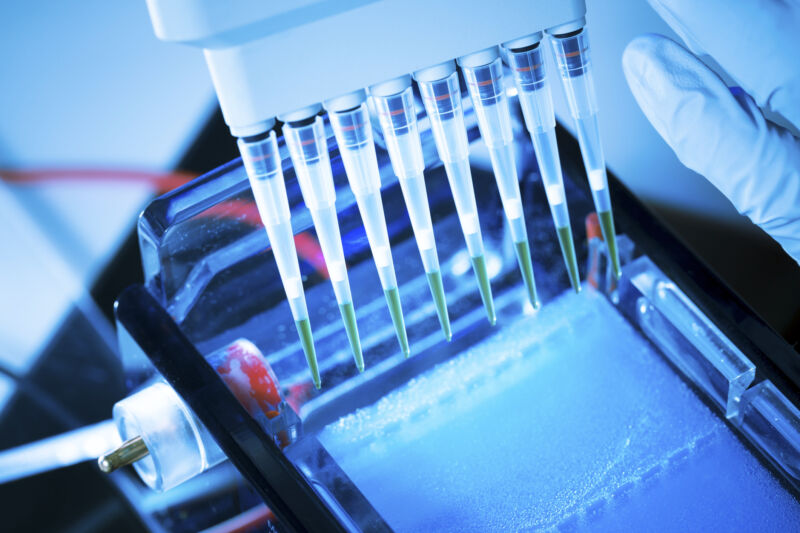
On December 18, 2019, Wuhan Central Hospital admitted a patient with symptoms common for the winter flu season: a 65-year-old man with fever and pneumonia. Ai Fen, director of the emergency department, oversaw a typical treatment plan, including antibiotics and anti-influenza drugs.
Six days later, the patient was still sick, and Ai was puzzled, according to news reports and a detailed reconstruction of this period by evolutionary biologist Michael Worobey. The respiratory department decided to try to identify the guilty pathogen by reading its genetic code, a process called sequencing. They rinsed part of the patient’s lungs with saline, collected the liquid, and sent the sample to a biotech company. On December 27, the hospital got the results: The man had contracted a new coronavirus closely related to the one that caused the SARS outbreak that began 17 years before.
The original SARS virus was sequenced five months after the first cases were recorded. This type of traditional sequencing reads the full genetic code, or genome, of just one organism at a time, which first needs to be carefully isolated from a sample. The researchers hired by Wuhan Central Hospital were able to map the new virus so quickly using a more demanding technique called metagenomic sequencing, which reads the genomes of every organism in a sample at once — without such time-intensive preparation. If the traditional approach is like locating a single book on a shelf and copying it, metagenomic sequencing is like grabbing all of the books off the shelf and scanning them all at once.
This ability to quickly read a range of genomes has proven useful in fields from ecology to cancer treatment. And the COVID-19 pandemic has pushed some researchers to use metagenomics to try to spot new diseases and respond to them earlier — before they become epidemics, and potentially before they even infect people. Some of these experts say the early spread of COVID-19 in the United States could have been curbed more quickly if the medical community had applied this technology.
“If metagenomic sequencing was done more routinely, maybe we would’ve known what it was when there were only 20 infections,” in the US, said Joe DeRisi, a professor of biochemistry and biophysics at the University of California San Francisco and president of the Chan Zuckerberg Biohub, a nonprofit research center.
But while the raw power of metagenomics is clear, there are challenges to using it to squelch potential pandemics. The technique requires intensive computer processing, making it costlier than some others, and calls for greater expertise to interpret the results. Using the copious data metagenomics produce to guide treatment also raises quandaries about medical decision-making when, for instance, it’s not clear whether a certain pathogen is causing a certain illness.
Still, advocates say the costs are worth it. “Metagenomics plays a critical role in pandemic preparedness, by looking for the things we don’t know to look for,” said Jessica Manning, an infectious disease researcher at the National Institute of Allergy and Infectious Diseases.
The rise of metagenomics over the past couple of decades is due in part to advances in genome sequencing. To read the contents of the genome, researchers first isolate the molecules that store genetic information, DNA and RNA, which are long chains of nucleotides, the letters of the genetic library. Then they cut the long molecules into shorter chunks and read the order of letters in each chunk. Finally, they combine the shorter “reads” to reconstruct the full genome.
Over the past 40 years, innovation, especially automation, dramatically improved every part of this process. The Human Genome Project, launched in 1990, took more than a decade of work coordinated between 20 research groups and cost around a billion dollars. Today a human genome can be sequenced more accurately, for less than one-millionth the cost, by one scientist in one day.
As the technology got better, researchers started trying to sequence many organisms at once, a complex task that requires figuring out how millions of short reads fit together to make any number of genomes. Eventually researchers wrote sophisticated software that can sort out the sequences using networks of powerful computers.








